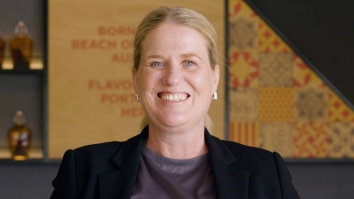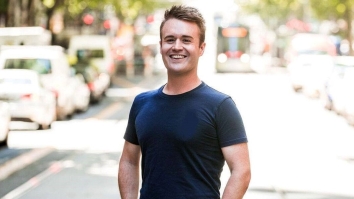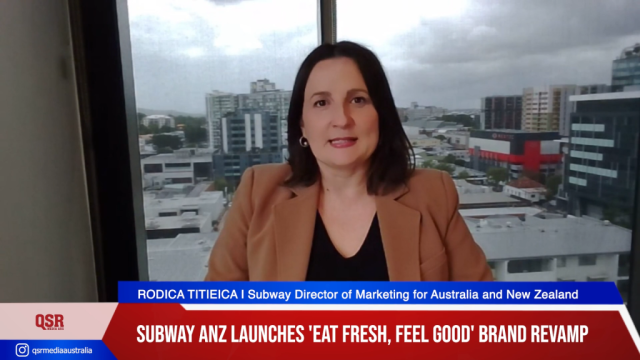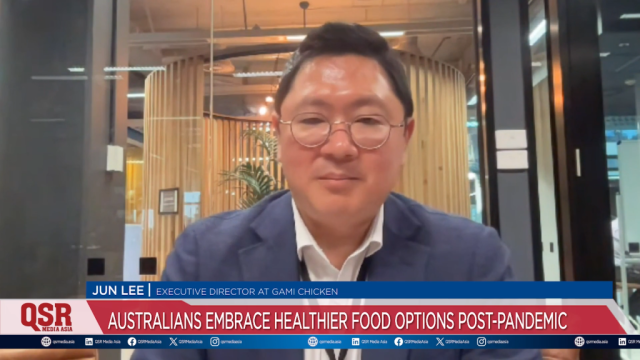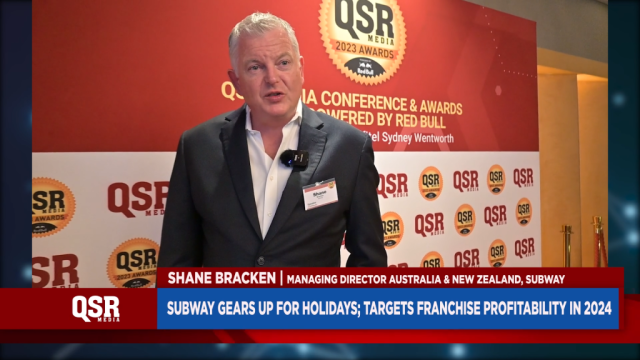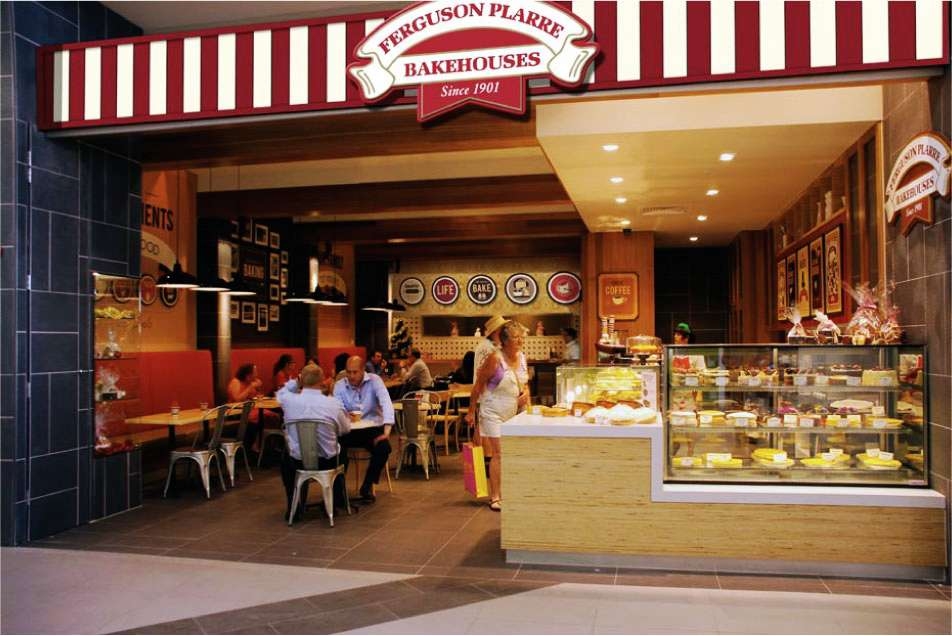
QSRs expand their social media arsenal beyond Facebook
Find out how they’re using the newer platforms and apps.
Watch out Facebook, Pinterest and Instagram are catching on among Australian QSRs.
While no one is doubting Facebook’s dominance as the most prolific and most preferred social medial tool by Australian QSRs due to its humongous user base and sharing activity, brand managers and franchise owners are beginning to harness the potential of relatively newer platforms and buzz-worthy apps, primarily Pinterest and Instagram.
QSRs admit they are quite selective on what platforms and apps to use on top of Facebook and Twitter due to the increasingly niche nature of the latest tools. You do not need presence in every available app, according to corporate social media gurus. You just need to have presence in the right ones that fit your brand’s communication content, marketing strategy and customer profile.
Now, the fine-tuned formula for social media success seems to be Facebook + Twitter (optional) + Hot New App that Fits Your Brand Campaign.
Pinterest
Plarre Foods, which operates the popular Ferguson Plarre bakehouse chain, is tapping specifically into visual discovery tool Pinterest as a way for fans to share stories about their brand and attract new customers.
“We use Pinterest, YouTube and Google+ to a lesser degree, but will be building our activity across these channels very soon. We are in the fortunate position of having amazing products, and we know that people love to share images and stories about great food and social media is a highly relevant place for these stories to play out,” said Aaron Beckhouse, Marketing Manager at Plarre Foods.
Instagram
Visual communication is also of paramount importance to the brand-building strategies at coffee chain Muzz Buzz and burger joint franchise Burger Urge, so both are choosing to focus on photo sharing and social networking service Instagram as their new preferred platform.
“Other than Facebook and Twitter, we have found Instagram to be a great means of expressing our visual branding as well as collating images that our fans contribute to the pool via #muzzbuzz. Pictures speak a thousand words- or a thousand hashtags,” Warren Reynolds, Executive Chairman at Muzz Buzz
“Any way to connect to a customer is important, but obviously some methods are more important than others. For instance, you mention Facebook and Twitter, but we don't feel the latter is relevant to what we're trying to achieve. On the other hand, Instagram is a great way for us to communicate our message,” said Pete Kilroy, Marketing Manager at Burger Urge.
Healthful fast food chain Healthy Habits is also dabbling with Instagram to help them penetrate the youth segment.
“Instagram is something that we are trialling now and believe that it taps into the current trend of ‘selfies’ in the younger demographic,” said Mark Buckland, Managing Director at Healthy Habits.
Snapchat
Unlike Pinterest and Instagram, photo messaging app Snapchat and video clip sharing app Vine are not gaining traction among QSRs.
“We consider any and all new trends and tech, but an app like Snapchat is probably not relevant for us at the present time,” said Kilroy of Burger Urge.
Just Facebook and Twitter
Part of the reason newer apps are relegated to the sidelines is because of their comparatively smaller user bases and, in effect, the smaller return on investment. Simply put, a campaign will reach a wider audience and deliver better engagement in more tried-and-tested platforms.
“With social media, we believe in focusing our presence across a few channels as strong execution is key. It's very easy for companies to spread their creative resources too thin by joining every social channel; we want to avoid that,” said Karim Messih, General Manager at Zambrero, a Mexican food chain.
“Right now we're just across Facebook and Twitter, as those two channels have the biggest audiences and the most advertising capabilities for us.”
In fact, for certain QSRs like Foodco Group, operators of Jamaica Blue and Muffin Break, there is little reason to stray outside Facebook given its tremendous popularity among Australians.
“Although new platforms like Vine and Snapchat have made headway the dominance of Facebook is incontestable. Australians spend an estimated 1 in every 4 minutes online checking Facebook - it's by far the largest, most engaging and accessible social platform for Foodco’s brands,” said Serge Infanti, Managing Director at Foodco Group.
Infanti cited data that showed the gap between Facebook and its competitors' user base, time spent and media options is far greater in Australia than the US or UK, with 9 million Australians or almost 40 per cent of the population visiting Facebook daily.
He also noted that Facebook penetration among Australian social media users aged 30-65 is over 90%.
“By comparison Twitter, Instagram and Pinterest do not even exceed 30% penetration with our key market. As a result we concentrate our social activity where it is most likely to deliver a return – Facebook. Facebook will continue to be our key social channel until we see real growth in users or media options from the second-tier platforms,” said Infanti.
“With prohibitive minimum media spends and far less reach than Facebook we don’t see the same potential for return on investment in Vine, Snapchat, Twitter, Instagram or Pinterest at this stage.”
This sentiment was echoed by Buckland of Healthy Habits: “We have found Facebook particularly to be effective for us and in the past 3 months we have had astronomical growth in both numbers and, more importantly, in engagement with the brand. For the immediate term we do believe that Facebook will remain our most effective medium. Being a smaller business fragmenting attention across too many new mediums will lead to poor execution overall.”
Power of Social Media
If it seems the choice of which social media channels to use is becoming paramount, it is only social media is becoming more vital in propelling a brand and attracting customers.
“Engaging our customers across these channels allows us to have more dynamic conversations with them in a way that we weren’t able to 5 or 10 years ago. More engaged customers means we have brand advocates out there and this beneficial for us – because, it may be wrapped in technology now, but word of mouth is still the most effective way of building our business,” said Beckhouse of Plarre Foods.
Social media also continues to play a large role in launching new products and services. Vietnamese restaurant Roll’d will focus primarily on social media spend this year to promote its brand and its new offerings.
“With the ever increasing use of social media by our customers we plan to utilise this powerful channel to also help launch our online ordering and home delivery services that are planned for 2014,” said Bao Hoang, Founder at Roll’d.
Social Media vs. Traditional Media
Despite the rising power and influence of social media, QSR brands do not see the medium replacing traditional media anytime soon. Instead, social media will and should continue to function as an important amplifier to traditional media efforts.
“Social media is a fantastic compliment to traditional media. It is important to speaking to our customers at every point of experience with us. Each touch point represents an opportunity for us, in terms of being able to deliver our brand, product and sales messages and we aim to optimise communications across all channels,” said Beckhouse of Plarre Foods.
Reynolds of Muzz Buzz attests to the continued effectiveness of radio in reaching consumers, but acknowledges that digital media “has certainly changed the way consumers interact with brands.”
Where traditional media beats social media is in quantifiable monetization results, argues Buckland of Healthy Habits.
“Very few businesses have been able to prove monetisation of social media and accordingly our focus is on brand engagement and awareness. When it comes to real communication with a call to action we do believe that traditional media still has some benefits,” he said.
Buckland added that while social media has been hyped by its evangelists as the killer of traditional media, the title could ultimately go to another field of innovation: Geo-location apps.
“My view will be that geo-location software is the next ‘big’ thing in the coming years. There are many apps out there that have the ability to push offers to customers based on preferences and this has some real merit and is superior to anything that either traditional media or even social media can offer,” said Buckland of Healthy Habits.






